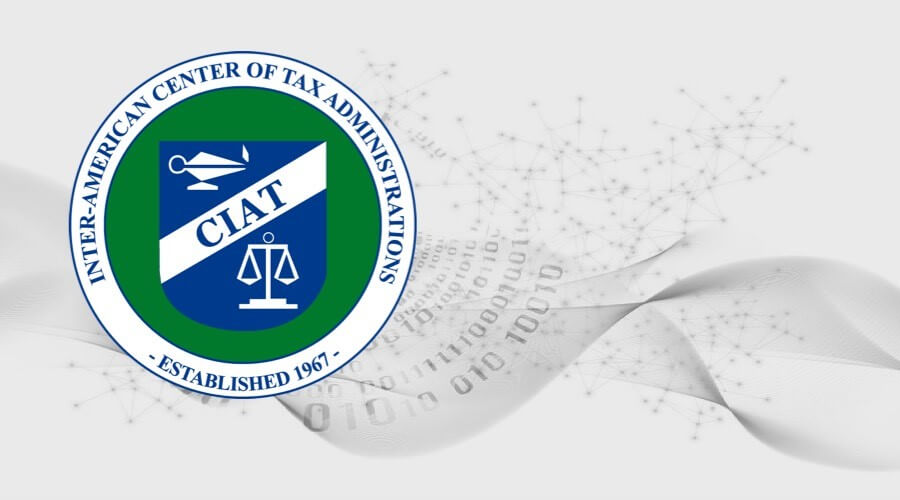The Human Factor: The Brain of the Tax Administration (Human Resources Selection, Management and Capacity Building)

As with the digital economy, tax evasion and many more challenges, the management of human talent is a vital task in the management of tax administrations; many of the results (if not all) of our institutions are inevitably linked to the performance of our public servants.
Today May 21, we open the 53rd CIAT General Assembly in the city of Havana, Cuba, with the human factor, in which we will discuss key topic in this matter, strategy, operation and evaluation of talent as constants that require new thinking and constantly reinvent themselves in our institutions.
Human Resource Planning.
As in various non-TAs spaces, the corporate development and business models confronts us with challenges go through an evolutionary process for which, quite often, TAs are not prepared. Therefore, when designing new strategies, we discover that the proposed solutions require highly skilled personnel to implement them successfully, human resources trained to respond to the new demands.
In words, it sounds reasonably easy, simple to understand and even easy to solve. However, with frequency, the TAs’ internal management must respond to circumstances with a set of strategic questions about human talent management that, if I may say, is also a business decision; the risk of not having the best talent could means failure to achieve what we propose.
This set of questions allows us to infer that a key moment in the life of institutions is to plan the kind of talent we require; this requires much attention, because with this I am not referring to a professional profile, I mean a set of dimensions that give substance to what we usually hear as Human Talent .
Why do we need people? How many? For what office? What areas? What cities? Which processes? For what services? What skills? Finally, a long list of questions that call for specific answers.
Human Resource planning, as in the rest of the TA’s affairs, require the use of tools and techniques at the service of analysis and decision-making, traceability management and evaluation of the results.
The Human Resource Management Processes.
In order to carry out institutional decisions, we invest great efforts to operate the talent management processes in a systematic way. The modern and globalized environment offers new possibilities for this, practices such as HR Analytics, Competency Management, ISO standards to certify agents and, of course, Artificial Intelligence (AI) applied to the human talent open the doors to new alternatives, with clear benefits, ranging from optimizing results to lowering costs.
However, it is not like opening a box and put on some shoes. We need technical methods and tools for each of the processes; if taxation is changing, the recruitment and selection as well; If learning styles have been altered (by several factors), teaching methods for training officials also; If evaluating a TA is increasingly complex, performance measurement also faces important challenges to be a tool for individual development and organizational improvement.
Promoting ethical performance.
Regarding the management of integrity and ethics within the TAs, there are still critical factors that we must attend. They may have different causes, ranging from the issue of remuneration, the strength of the tax system itself, the culture-country; the full rule of law; internal control systems; accountability and more.
Beyond the criticism motivated by specific cases discussed in the media, combating corruption is an absolute necessity for all TAs, not only as a corrective work; in fact, the preventive approach is always the starting point. This concern makes sense because it is a human dimension, the risk and corruption is not limited to a position, a city, or a function; risk it is actually inherent to all people and it is from this logic that we formulate solutions for the tax institutions.
These are the main topics that we will discuss in the next few days at our General Assembly 53, with the participation of Latin American tax administrations sharing their experiences in this field. As well as international organizations, which are also interested in human talent as one of the institutional capacities of Tax Administrations. Similarly, other peer agencies of CIAT, such as IOTA, CREDAF, CATA and countries in other regions, such as China, India and Malaysia, will accompany us and present their practices in Human Resource Management.
In closing, I am happy to share with you that the Declaration of the 53rd General Assembly, dedicated to human talent, has been approved, and you can access it from the Resolutions of the General Assemblies.
3,301 total views, 1 views today
